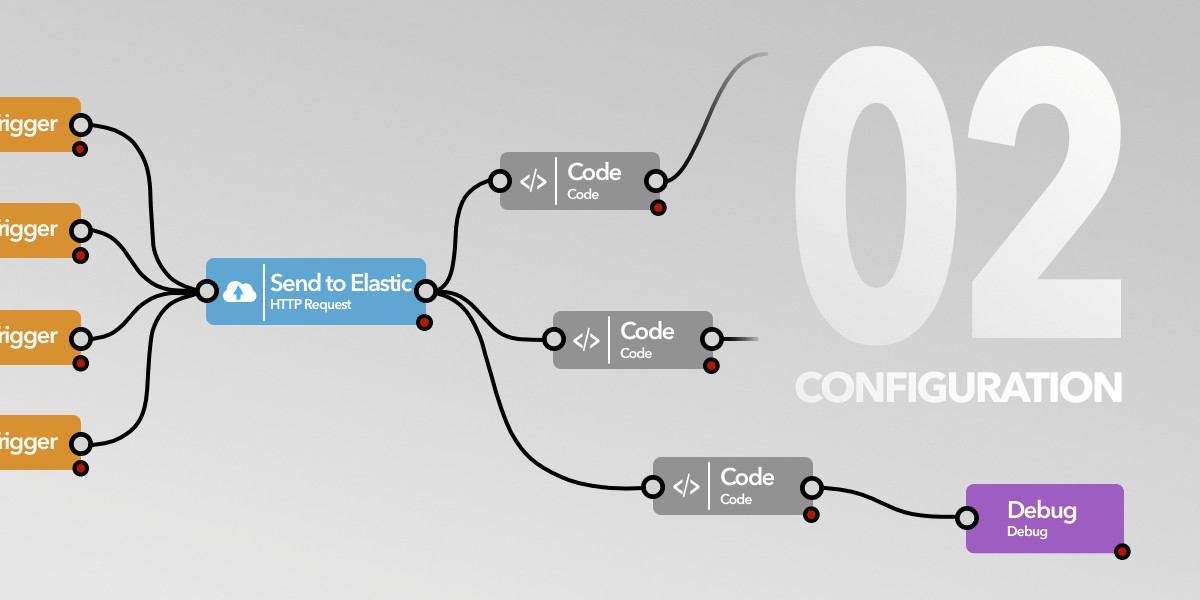

Right-click on the frame, then click Add starting point.With the starting frame selected, click in the Flow starting point section of the right sidebar.There are a few other ways to add a flow starting point to your prototype: Within the prototype, you have flows for creating an account, adding items to a cart, and checking out.įigma creates a flow starting point when you add your first connection between two frames. For example: your prototype covers all possible interactions on an eCommerce site. A prototype can map out a user's entire journey through your app or website, or it can focus on a specific segment of it via its own flow.
#FLOW.SHOWNEXT FRAMER JS FULL#
With prototyping in Figma, you can create multiple flows for your prototype in one page to preview a user's full journey and experience through your designs.Ī flow is the network of frames and connections in a single page. With small CSS changes and a media query we can switch from flex to grid layout, and we don’t have to change the animation at all - it will continue working on small screens that use flex layout, and it will be ignored on large screens since with grid layout we won’t have horizontal scroll.Tip! For an even more efficient workflow, you can quickly toggle between the Design and Prototype tabs using the keyboard shortcut Shift E. Horizontal scroll that we implemented works well on phones and tablets, but for larger desktop screens we might want to use a more common grid layout. Secondly, we need to consider responsiveness. There’s quite a lot we can achieve by animating only transform and opacity, and whenever possible, we should avoid animating any other CSS properties. To make the flip animation, we animated only transform property, which is one of the only two properties that are accelerated by GPU and that don’t take time off the main thread (the other property is opacity). I would like to mention two decisions that stayed behind the curtain of this tutorial but had been made before making this particular animation. PS: I also made the same interaction using framer-motion. You can find a complete working demo of this interaction here. Hosted with ❤ by GitHub Finished interaction
#FLOW.SHOWNEXT FRAMER JS CODE#
We can see the updated code and the result below: UseSpring hook returns a style object that we need to set on the target component. To set the initial values, we use from property which itself takes an object with CSS properties. These properties should be set to end values of the animation, so if we want to rotate divs from 0 to 25 degrees, we set the transform value to rotateY(25deg). UseSpring hook takes an object with CSS properties that should be animated. Eventually, we’ll bind our animation to the scroll event, but for the time being, it will be easier to see the result of the changes that we make if animation simply runs on mount. Next, we’ll use useSpring hook from react-spring package to create a basic animation that will run when the component is mounted. Every HTML and SVG element has an animated counterpart that we have to use if we intend to animate that element. animated is a decorator thatĮxtends native elements to receive animated values. First, we’ll replace div element with animated.div. Let’s start by adding a rotation animation. With the basic styling, our component will look like this: Simple scroll Adding animation


 0 kommentar(er)
0 kommentar(er)
